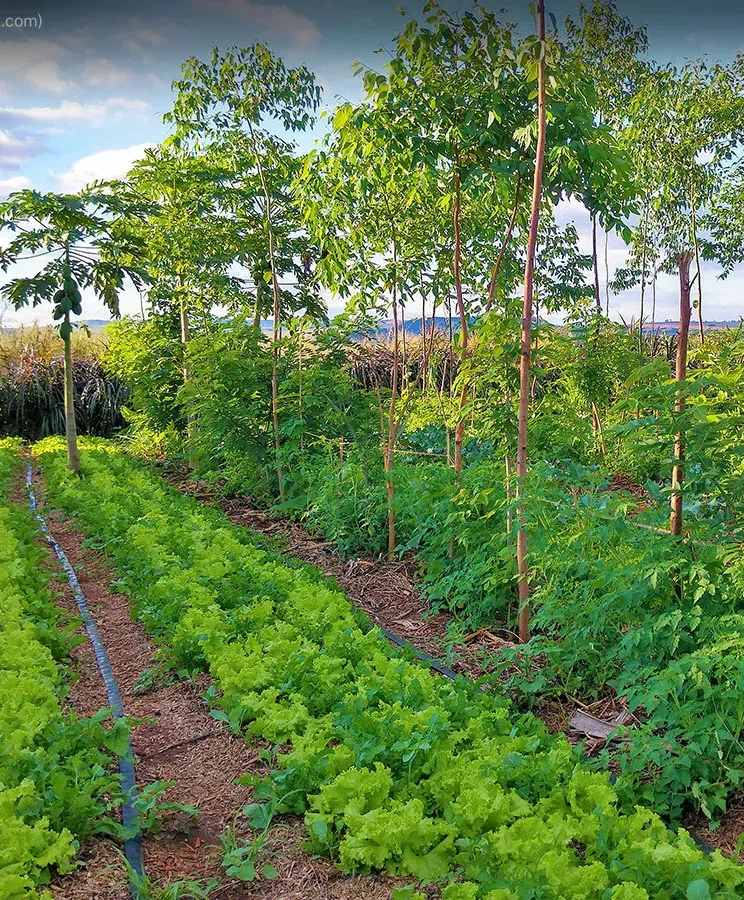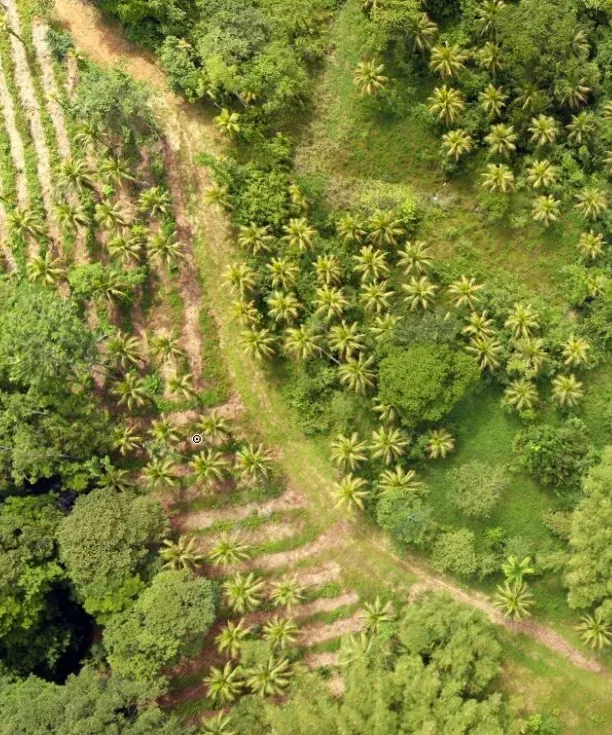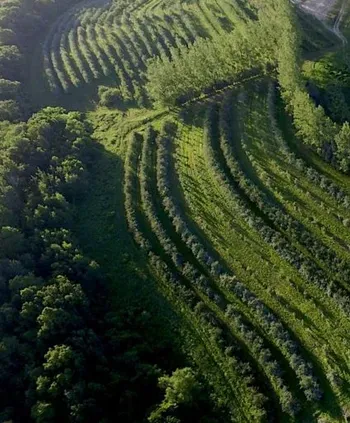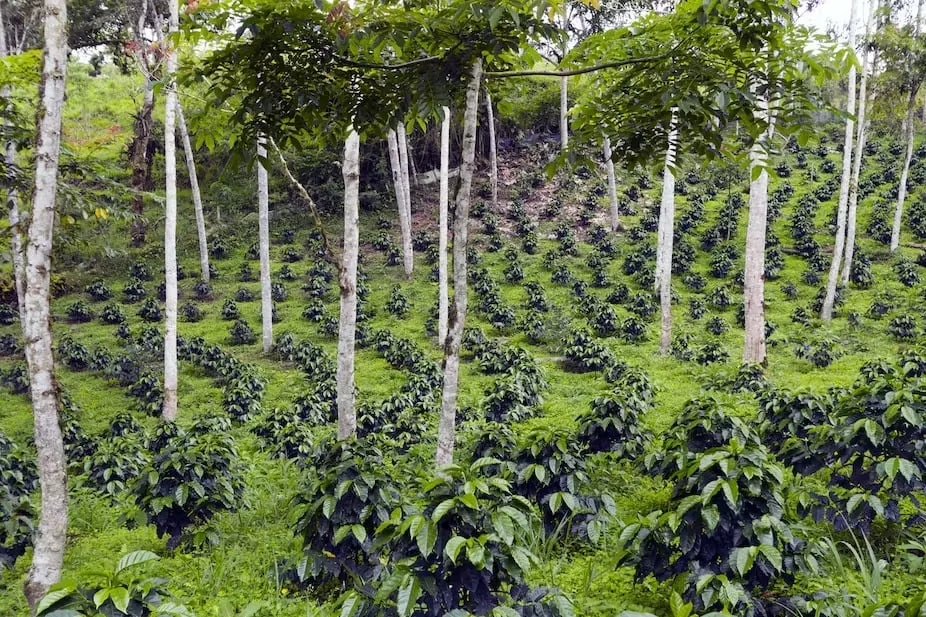Nurturing the Earth: The Harmony of Agroforestry in Theory and Practice
Introduction: Embracing Agroforestry
Agroforestry blends agriculture and forestry to create resilient ecosystems that benefit the environment and communities. This article explores the foundations and real-world applications of agroforestry, especially in South America.
Theoretical Framework: Understanding Agroforestry
Agroforestry integrates trees and shrubs into agricultural systems, offering several benefits:
Biodiversity Boost: Mixing crops with various trees and shrubs enhances plant and animal life.
Carbon Sequestration: Trees capture carbon, helping mitigate climate change.
Soil Health: Tree roots improve soil structure and prevent erosion, enriching the soil for crops.
Microclimate Regulation: Tree canopies regulate temperature, reduce wind, and provide shade for crops.
Economic Diversification: Agroforestry generates diverse products, offering farmers multiple income streams, such as Sacha Inchi.
Real-World Examples: Agroforestry in South America
Amazon Rainforest Agroforestry: Indigenous communities intercrop traditional crops with valuable trees like Brazil nuts and rubber, growing sacha inchi and yams alongside kapok and mahogany.
Coffee Agroforestry in Colombia: Shade trees like Inga enhance coffee quality and reduce chemical use, creating a beneficial microclimate.
Cacao Agroforestry in Peru: Cacao farms utilize diverse tree species to mimic rainforests, with mango, avocado, and hardwoods like mahogany fostering a thriving environment.
Best Practices in Agroforestry Implementation:
Comprehensive Design: Plan the arrangement of crops and trees to maximize synergies, considering factors like sunlight, water, and nutrient requirements. Species Selection: Choose tree species that complement the local ecosystem, considering soil type, climate, and the needs of both crops and trees. Successional Planning: Incorporate a mix of fast-growing and long-lived trees to ensure continuous yields and ecosystem stability. Community Engagement: Involve local communities in decision-making processes, ensuring that agroforestry aligns with their cultural practices and economic needs. Monitoring and Adaptation: Regularly assess the performance of the agroforestry system, making adjustments as needed to optimize productivity and sustainability.
Conclusion: Cultivating a Sustainable Future
Agroforestry stands as a testament to the possibility of regenerative agriculture. Through thoughtful design and community collaboration, we can cultivate landscapes that not only produce abundant harvests but also nurture the planet. The examples from South America showcase the adaptability and success of agroforestry in diverse ecosystems, providing a blueprint for a more sustainable and interconnected world.
We use Sacha Inchi as a high value crop that grows well in agroforestry systems and is easy to grow, in the sierra lowlands.

Open Forest Protocol






